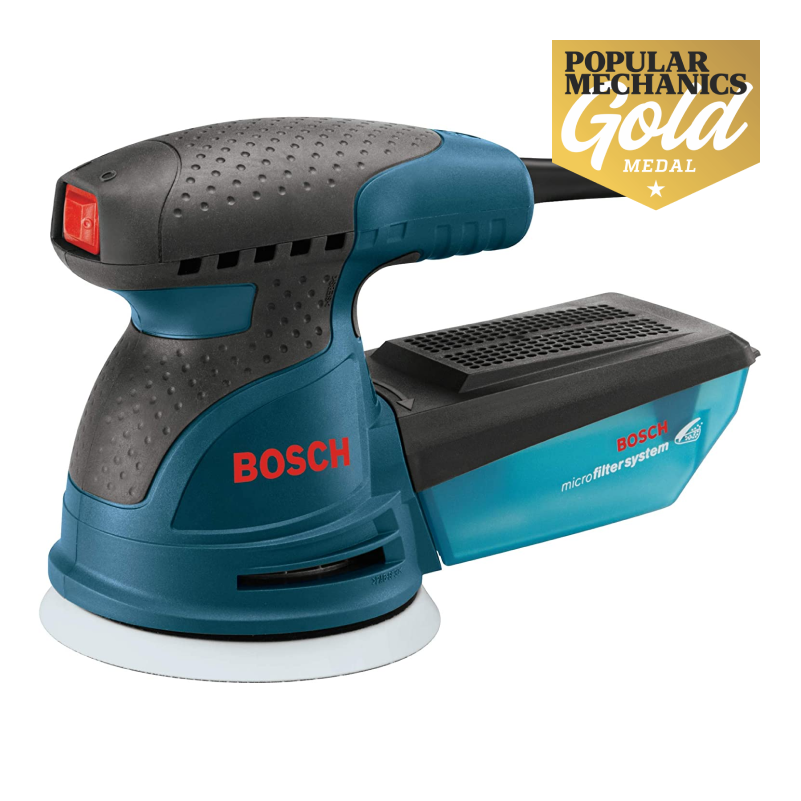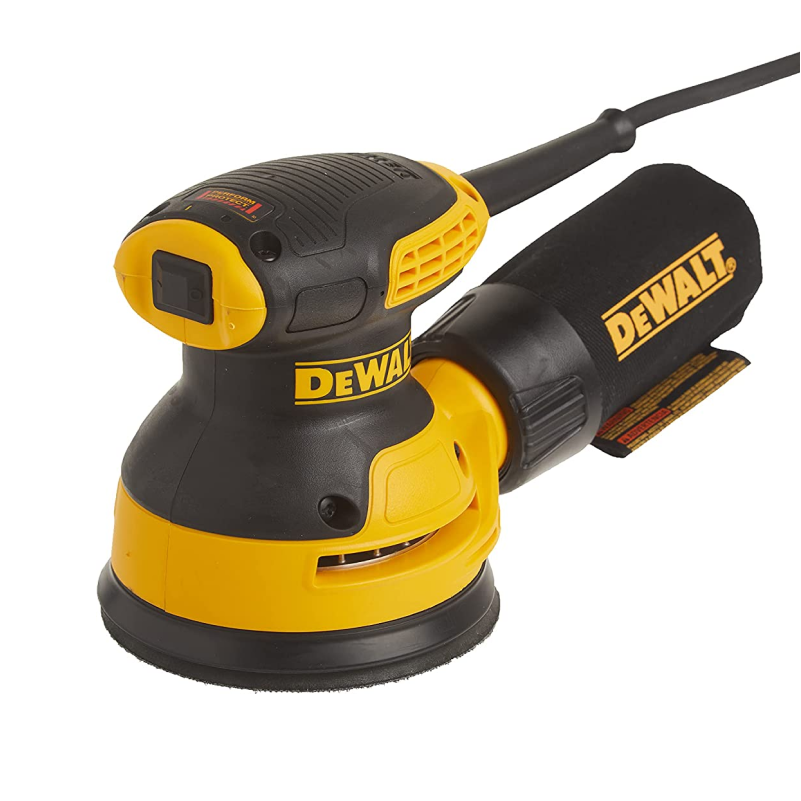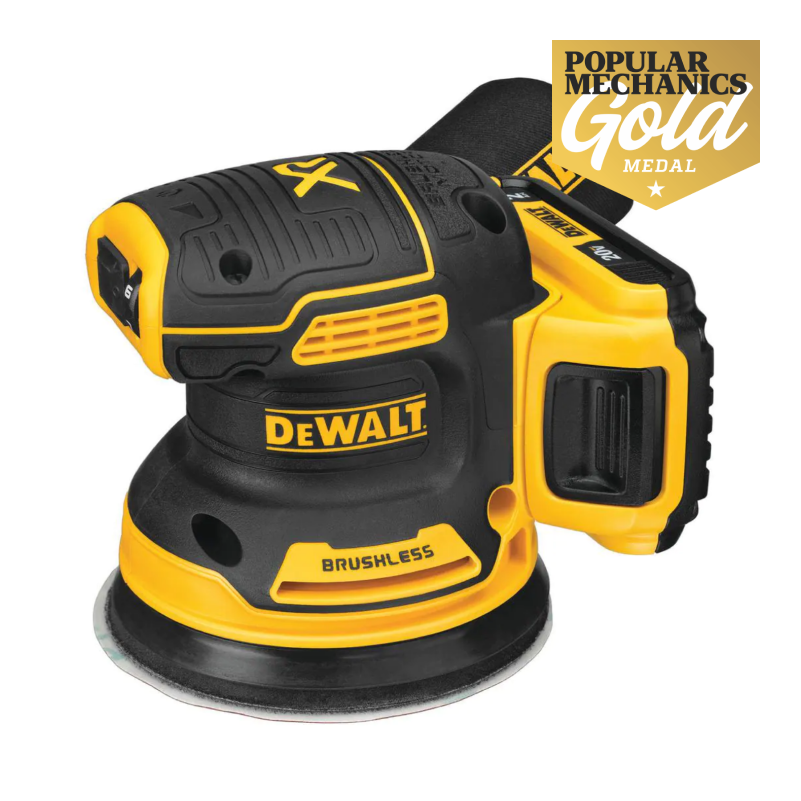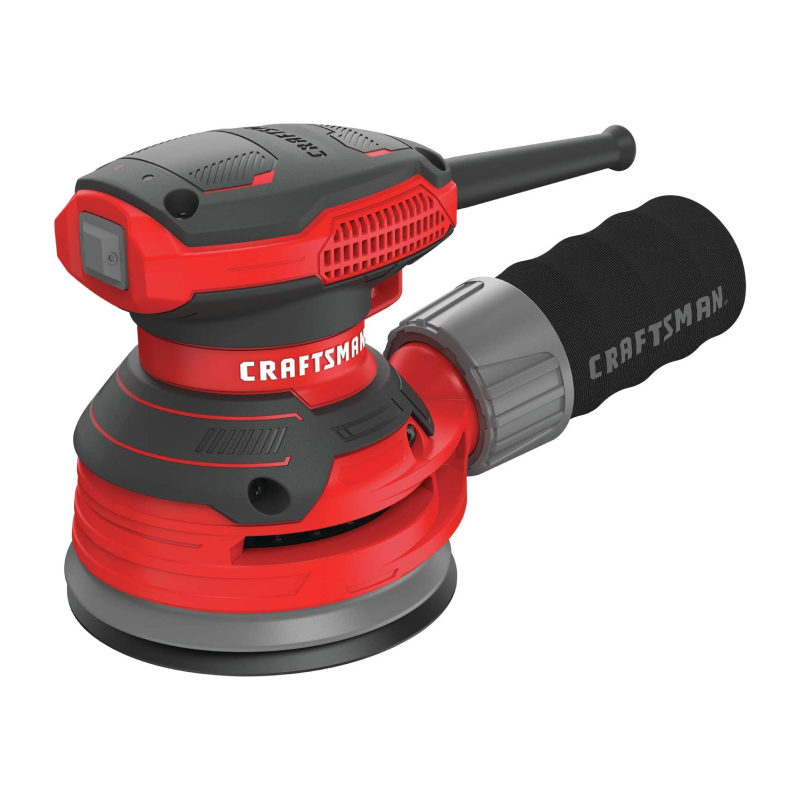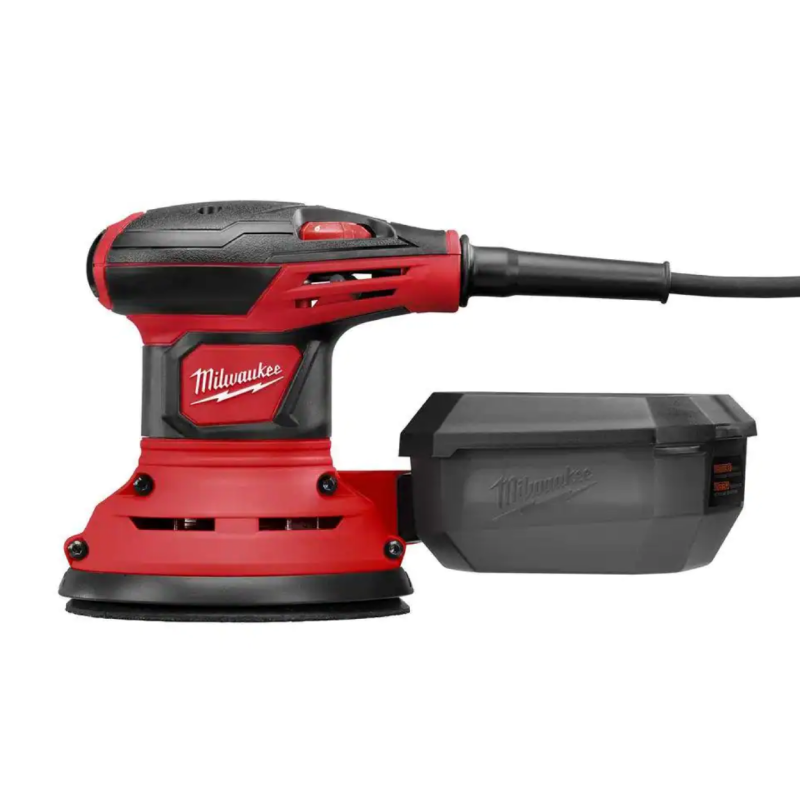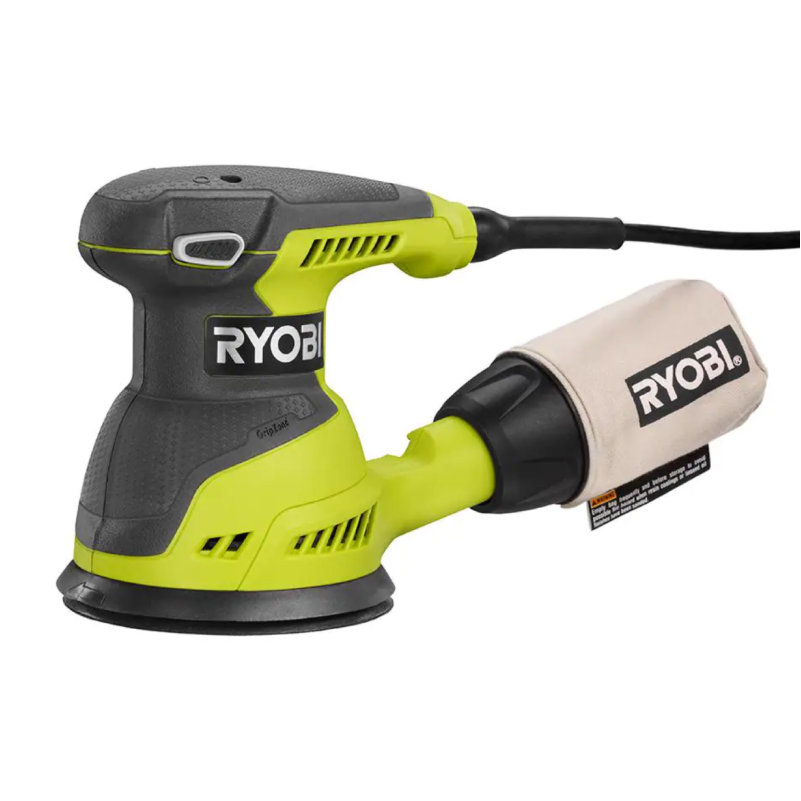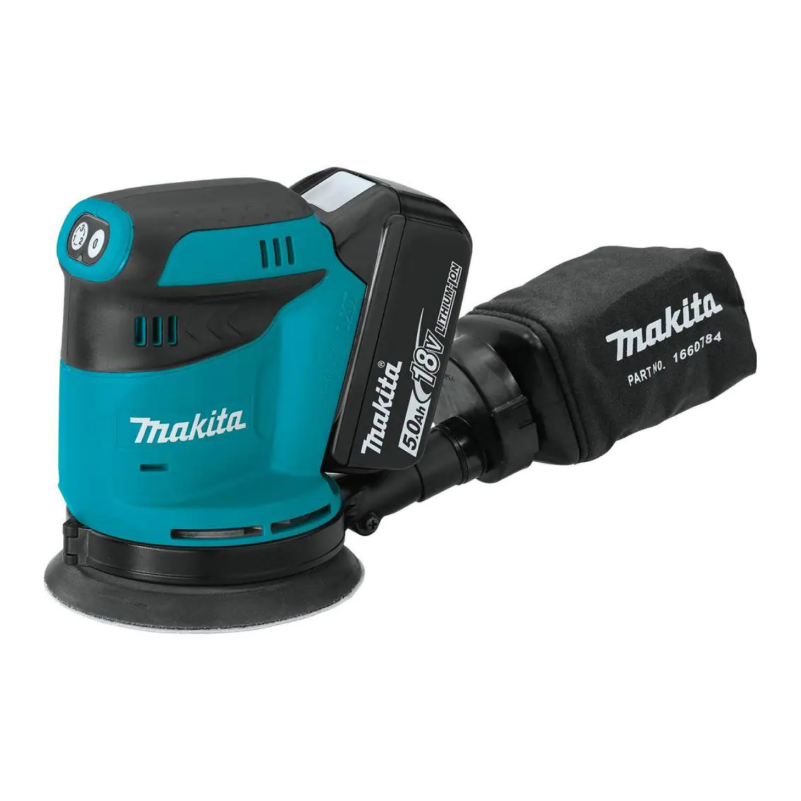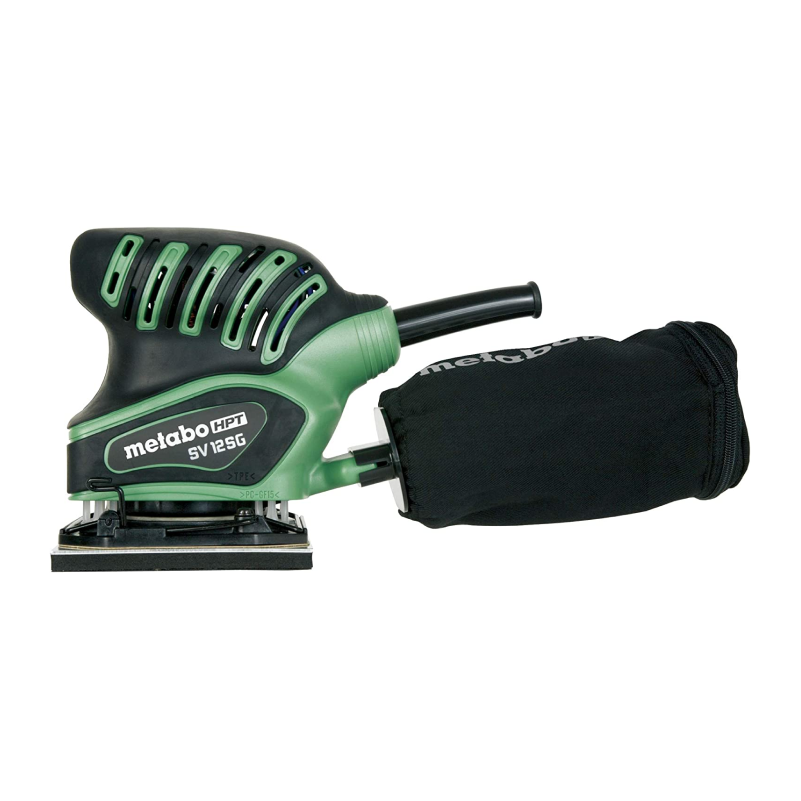Unveiling the Perfect Match: Discovering the Best Sander for Wood Siding
There’s a world of untapped potential hidden within the walls of your home, waiting to be revealed. If you’re embarking on a journey to restore, revamp, or simply rejuvenate the exterior of your house, then wood siding is undoubtedly a classic choice that adds timeless charm. However, it’s no secret that restoring wooden siding can be an arduous task, demanding the right tools to attend to every nook and cranny with precision and finesse. Fear not, as we delve into the realm of sanders, exploring the vast array of options and unearthing the very best sander for your wood siding needs. So, strap on your tool belt, wrap yourself in curiosity, and get ready to uncover the perfect sander to propel your siding project to new heights of excellence.
Power sanders are often categorized by the action by which the motor moves the sanding pad and sandpaper. This action can take one of three forms:
- Rotary: On some sanders, the motor simply spins a circular pad to which the sandpaper is affixed. An ordinary power drill can become a rotary sander simply by affixing a sanding disk to the drill’s chuck. There are also rotary sanders that are designed specifically for this purpose, often used for metal work or paint stripping.
- Random orbit: A random orbit sander moves the sanding pad in small, irregular circles, which prevents the sandpaper from leaving distinguishable patterns in the surface being sanded. Most random-orbit sanders are hand-held tools, but there are also some large upright floor sanders that use this type of action.
- Rotating belt: Portable belt sanders and upright drum sanders both work by means of wide sanding belts that spin around powered drive wheels or drums. They are good for removing lots of material in a hurry, and for this reason require some skill and practice to use effectively.
An electric power sander is the way to go for many home projects. Every home workshop should include at least one, and more advanced DIYers will probably want more than one. And you can also rent specialty sanders for occasional use.
| Basics | Pros | Cons | |
| Random orbit sander | A must-have general-purpose sander used mostly for finishing and refinishing wood | Easy to use, good for finishing | Not good for wood removal |
| Belt sander | A versatile tool for deep sanding and wood removal | Good for deep sanding, stripping | Not good for fine finishing |
| Rotary sander | Handheld tool, good for paint, finish removal | Inexpensive, good for stripping | Hard to control |
| Drum sander | Designed for sanding hardwood floors | Best tool for refurbishing floors | Heavy, large, expensive |
| Spindle/disk sander | Specialty sander for fine woodworking | Excellent for detail sanding on woodworking projects | Limited uses, can be expensive |
-
01of 05
Random Orbit Sander
:max_bytes(150000):strip_icc():format(webp)/Random_orbit_sander-587337595f9b584db387878b.jpg)
Random orbit sander - Best for: General purpose wood finishing.
Random orbit sanders are the first choice for most DIY homeowners. They work by means of a pad that is oscillated in small irregular (random) orbits that prevent the sander from leaving distinguishable patterns in the wood surface. When mounted with very fine-grit sandpaper, you can even use random-orbit sanders for smoothing thin veneer wood or for buffing solid surface countertops.
Random-orbit sanders come in several sizes, but the most common sizes are often described as “1/4-sheet” or ” 1/2-sheet” sanders—referring to how much of a standard sandpaper sheet is mounted onto the oscillating pad. A 1/4-sheet sander has a roughly square sanding pad, while a 1/2-sheet sander has a rectangular shape. there are also many random-orbit sanders with round sanding heads.
There are also a variety of detail sanders that also use random-orbit action. These usually have contoured, pointed sanding pads that accept specially shaped sandpapers that are usually affixed to the sanding pad with self-stick adhesives.
If you had to choose only one type of sander to buy for home projects, it would most likely be a random orbital sander, as it is versatile, inexpensive, and easy to use. This type of sander is easier to wield than a rotary or belt sander because its action is more like vibration. Changing sandpaper is extremely easy, simply a matter of affixing the paper to the sander’s hook-and-loop surface.
Many intermediate-level DIYers will find it useful to own two random-orbit sanders—a 1/4-sheet or 1/2-sheet model, plus a detail sander. Random-orbit sanders are typically corded electric tools, though there are some battery-powered units available. Prices start at around $50 and run up to hundreds of dollars. Most DIY homeowners will be satisfied with a moderately priced tool costing $75 to $100, which will be both highly functional and appropriately durable.
-
02of 05
Belt Sander
:max_bytes(150000):strip_icc():format(webp)/GettyImages-1193369047-427465b7e1c44c99b4c88f05e0eeb0d2.jpg)
fotokostic / Getty Images - Best for: Finish removal, coarse surface removal
A belt sander works by means of a continuous loop of abrasive sandpaper driven in a circular motion by motor-driven wheels in the tool. The action is similar to the way a chainsaw moves its cutting chain in a continuous circle, or the way that a household vacuum cleaner drives its brush.
Belt sanders are good for coarse removal of wood or finishes. When stripping a painted table, for example, the beginning stage will likely include belt sanding to remove the surface paint coat and reveal the wood beneath. Later stages will likely involve using a random-orbit sander to prepare the wood for a new finish.
Unlike random orbital sanders, which cause the sandpaper to vibrate, a belt sander actually moves the sanding belt. This is a notable difference that you will appreciate when you need to sand down rougher areas. These are not good tools for detailed work, as it’s difficult to maneuver the sanding belt in tight spaces.
Belt sanders come in many sizes, identified by the size of the sanding belt they use. The smallest belt sanders are generally 3 x 18 inches, but larger tools used mostly by professionals can be as large as 4 x 24 or 4 x 36 inches. Prices start at about $75, running up to about $300 for professional-level tools.
-
03of 05
Rotary Sander
:max_bytes(150000):strip_icc():format(webp)/OrbitalSanders-GettyImages-700724473-5948053e5f9b58d58ab9d54c.jpg)
Mint Images RF / Getty Images - Best for: Stripping paint and other finishes.
The term rotary sander refers to a power tool with a sanding head that turns in a circular motion. Most are handheld tools, but there are also stationary floor-mounted versions used in woodworking shops. You can also turn any ordinary power drill into a rotary sander by equipping it with a sanding disc attachment. Automotive workers frequently use rotary sanders for body work, often air-driven, pneumatic tools.
Handheld rotary/orbital sanders were once very common, but their popularity has waned now that excellent random-orbit sanders are so readily available.
Like a belt sander, a rotary sander is best for coarse removal. A handheld rotary sander allows you to get close to edges, so it is often used in paint removal and refinishing work to strip edges before moving to a belt sander for larger areas. Stripping paint from wood lap siding, for example, often calls for a rotary sander to abrade the crevices where boards overlap.
But like belt sanders, a rotary sander can be difficult to control, causing scores and gouges if you are not careful. Extensive use of a rotary sander is best left to experienced DIYers.
-
04of 05
Drum Sander
:max_bytes(150000):strip_icc():format(webp)/GettyImages-183776482-587b01375f9b584db3a41541.jpg)
BanksPhotos/E+/Getty Images - Best for: Stripping and refinishing floors.
A drum sander is best described as a large, upright belt sander. A drum sander rests on the floor and is moved about via a handle, much like a lawn mower. They use very large sanding belts powered by drive wheels, and are used exclusively for sanding down floors during refurbishing. Too expensive for most homeowners to purchase, drum sanders are commonly available at tool rental centers and large home centers, where they are leased in four-hour or full-day increments.
Drum sanders are so powerful that they are capable of sanding off all sorts of materials that you want to be removed from your wood floor: bumps, gouges, stains, paint, adhesives, and mastic. Before sanding any flooring adhesives, test to make sure that they do not contain asbestos.
Drum sanders should be used for solid wood flooring only. Do not attempt to use a drum sander on engineered wood flooring or non-wood flooring. Drum sanders are so powerful that they can rip through the thin top veneer of engineered wood flooring.
Continue to 5 of 5 below. -
05of 05
Stationary Sanders
:max_bytes(150000):strip_icc():format(webp)/woodshop-machine-belt-and-disc-sanders-157509533-57c63b833df78cc16e60c4ee.jpg)
Melissa Carroll / Getty Images - Best for: Woodworking projects.
If you are a hobby woodworker, you may want to invest in a stationary sander—a floor-mounted or table-mounted combination sander that can include two or sometimes three sanding “stations.” Typically, consumer versions include a spinning sanding disk and a rotating sanding belt. Other types may also have an upright tubular sanding spindle that rotates inside an opening in a metal table.
Stationary sanders are used for precision sanding of woodworking project parts, where very fine tolerances are needed. These are not tools most DIY homeowners will want or need. But if you are a hobby woodworker, investing $100 to $300 in a basic table-mounted combination sander can make your hobby much more enjoyable.
1. Smoothing the Way: Unveiling the Best Sander for Wood Siding
When it comes to refinishing or repairing wood siding, finding the right sander can make all the difference. With so many options on the market, it can be overwhelming to choose the best one for your needs. Fear not, for we have done the research for you! In this post, we will uncover the top sanders that will smooth the way to achieve flawless wood siding.
1. Belt sanders: Known for their power and aggressiveness, belt sanders are perfect for removing paint, stains, and rough surfaces from wood siding. Their high-speed belt allows for quick material removal, making them ideal for large areas or heavy-duty tasks. However, these sanders can be quite aggressive, so it’s important to use caution and have a steady hand when using them.
2. Random orbital sanders: Offering a balance between power and smooth results, random orbital sanders are ideal for homeowners and DIY enthusiasts. These versatile sanders are great for both rough sanding and fine finishing, making them suitable for a variety of wood siding projects. The random orbital motion also ensures a swirl-free finish, leaving your siding smooth and ready for a fresh coat of paint.
2. From Rough to Refined: Discovering the Ultimate Sander for Wood Siding
We’re constantly using orbital sanders at work and at home, testing them, evaluating them, and getting feedback from users. Read on for our advice on buying these use-tested tools, our reviews, and tips on how to maintain a sander.
The Best Power Sanders
- BEST OVERALL: Bosch ROS20VSC Random Orbital Sander
- MOST VERSATILE: DeWalt DWE6421 Random Orbital Sander
- BEST VALUE: Ryobi P411 Orbital Sander
- BEST CORDLESS: DeWalt DCW210D1 Random Orbital Sander
- IDEAL FOR CRAFTSMAN FANS: Craftsman CMEW231 Random Orbital Sander
Know Your Sander
Most of our test sanders are random-orbit types with a round pad measuring 5 or 6 inches across. Random orbit means the pad spins and oscillates in, just that, a random orbital motion. This reduces the chances of leaving swirl marks on the surface and allows you to move the sander both with and across the grain. We also tested an orbital sander with a square pad (also called a quarter-sheet sander). These tools sand with a consistent orbital motion and work more slowly than random-orbit types. But the square pad allows them to sand into corners.
Another difference between these is that the random-orbit variety take sandpaper discs that attach to their bases with hooks and loops. Orbital sanders use peel-and-stick sandpaper that comes precut or that you cut to fit, or you attach an abrasive sheet to the tool with the clamps on the sander’s sides. Both types of sanders have a bag that will capture most of the dust the tool produces. For more thorough dust control, use a sander that has a round exhaust port to facilitate hooking up to a hose on a shop vacuum.
Battery-Powered Versus Corded
We evaluated both battery-powered sanders (called cordless) and corded models. At the outset of the test, we wondered if the battery would cause a cordless sander to be too heavy. But when we weighed the two types of tools, we found they weigh about the same, once you factor in the cord’s heft. Select a cordless sander if you spend a lot of time on job sites and already have lots of cordless tool work going on. Cordless tools are handy and more mobile when you’re climbing a ladder or a scaffold because you don’t have to contend with the weight of a cord hanging down.
Select a corded tool if you spend long sanding sessions at a bench, especially if you can plug the sander directly into an outlet without an extension cord. In these cases, cord drag isn’t an issue and there isn’t a pressing need for mobility. A good example of this is when you sand a piece of furniture. You just need to work your way down through each grit, slowly perfecting the sanded surface.
How We Test
To put these tools through the paces, we drew rectangles on pieces of oak and maple, plywood, and softwood and sanded each rectangle with an 80-grit disc. Next, we emptied the dust container or bag to check the volume of dust the sander collected. We also carefully wiped down the work surface to get a sense of how much dust the sander missed. As we worked, we assessed the sander’s vibration and whether it produced an unpleasant gyroscopic effect when we lifted it off the test board. We examined the sanded surface under bright light to see whether the tools left swirl marks.
Any of the sanders in this test will serve a homeowner. Professional-grade models such as the sanders from Makita, DeWalt, Bosch, and Metabo-HPT vibrate less and are more durable. For homeowner-duty power tools that give nearly a professional level of performance, see the reviews of the Ryobi sanders and the Craftsman. Also note that a less expensive tool equipped with a high-quality abrasive sheet will prove more than adequate for most uses around the house.
Scroll down to see our reviews, and keep scrolling right to the end to read a brief tutorial on how to use a sander, and how to protect yourself from the sanding dust that you’ll inevitably create.
